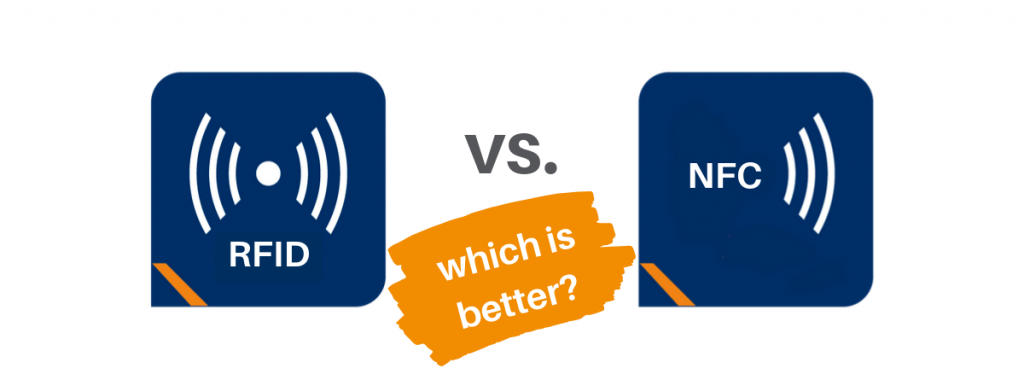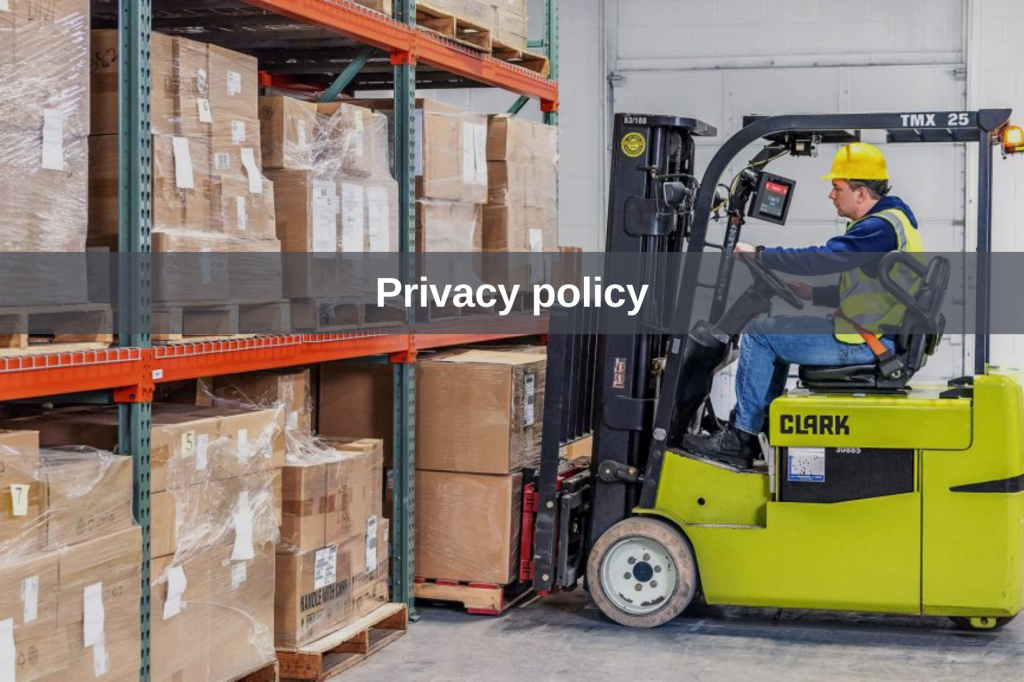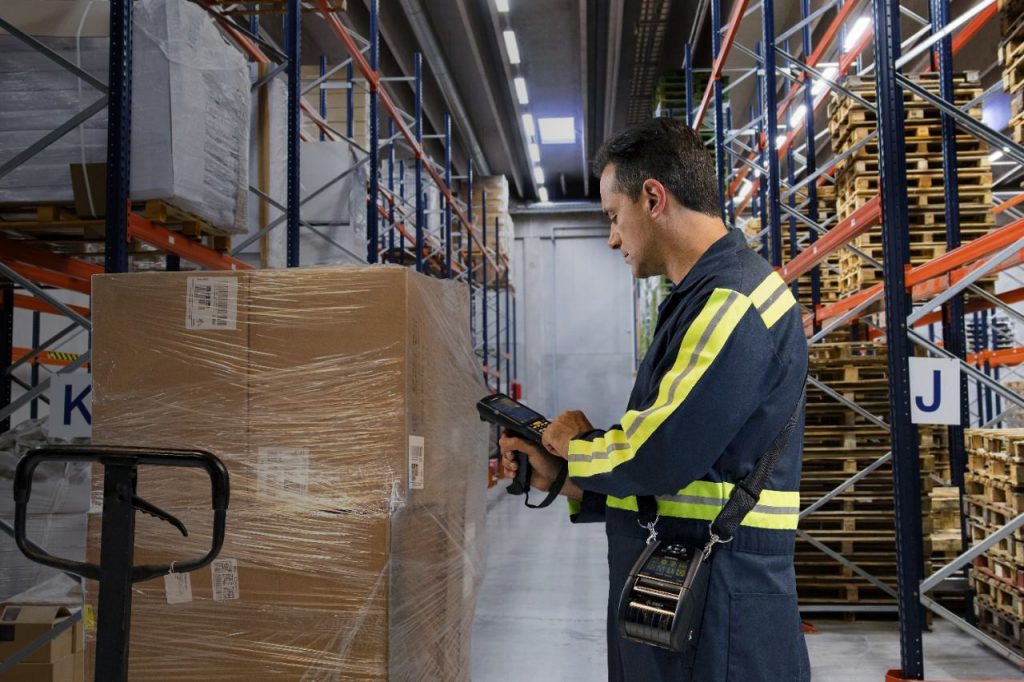RFID versus NFC. Which was first and … which is better?

RFID versus NFC. Which was first and … which is better?
Technological progress has forced in many areas (not only related to industry) the need to increase process automation. This also applies to machines used in production processes. Today, their basic “competence” is recognizing specific objects. There are various techniques that allow a machine to properly evaluate a given item – in this article we will discuss RFID and NFC technologies. We will explain how they work, differences between them and their areas of use.
RFID, i.e. radio-frequency identification
RFID is a technology of wireless communication between the reader and a given label. Most often, such an RFID label (tag) is wirelessly powered by a reader using radio waves (however, there are battery-powered RFID tags). The use of RFID tags in practice is to serve the correct identification of objects that are located in the field of operation of the reader, by reading the unique identifiers stored in the label memory – these can be the identification numbers of specific objects or their brief description.
NFC, or Near Field Communication
NFC is a wireless communication technology used only at close distances. NFC is technologically based on RFID solutions, but it is also an autonomous form of wireless communication. Short-range communication has become so popular due to the complex possibilities of using it to authorize various types of activities and to send a small amount of data.
RFID vs NFC – which was first?
RFID preceded NFC. In 1983, the first patents related to RFID technology were filed, and in 1997 the early form of NFC technology found its application in toys. However, both these technologies differ in their basic assumptions.
… so which is better?
It is impossible to say which technology is better because each of them has different uses. Devices based on NFC technology use high frequency 13.56 MHz. The theoretical range of labels is about 20 centimetres, but in practice the distance between devices that exchange specific data with each other must be about 5-6 centimetres.
However, devices based on RFID technology define several different operating frequencies. These are:
- Low frequency RFID (LF 125 kHz) – range up to about 10 centimetres,
- High frequency RFID (HF 13.56 MHz) – range up to about 150 centimetres,
- Ultra-high frequency RFID (UHF 865 – 868 MHz, 902 – 928 MHz) – range up to about 12 meters,
- RFID using active tags (2.5 GHz) – range up to about 100 meters.
RFID technology provides one-way communication that can be easiest expressed as a reader -> tag, with the simultaneous ability to read and write information. NFC, in turn, extends the RFID standard thanks to three modes of information transfer:
- passive mode, thanks to which it is possible to wirelessly read and write data on a medium without its own power supply. In practice, it looks like the device establishing a connection with a specific tag generates an electromagnetic field, whose task is to power the microchip immediately,
- active mode, thanks to which it is possible to communicate between two active file-sharing devices, each of which generates an electromagnetic field,
- passive NFC label emulation mode through an active device, thanks to which contactless payments are possible.
Uses of RFID and NFC in practice
NFC technology is widely used for electronic contactless payments, as well as in situations where it is necessary to wirelessly read and write information using tablets or phones – when pairing devices, automating their configuration or finally when “reading” posters, leaflets or interactive stickers . In IBCS Poland we have created software using NFC technology – icmCheck, which allows you to verify the originality of given objects thanks to their special marking system, in which each tag has its own unique number.
RFID technology is mainly used in industry. It plays a huge role in the identification of given products, in supply chain control, warehouse management or access control management. It is also used for checking electronic tickets, micropayments, loyalty programs or tolls. In IBCS Poland we have created software using RFID technology – ibcsDragon, which allows the use of automatic identification technology to collect specific data.

